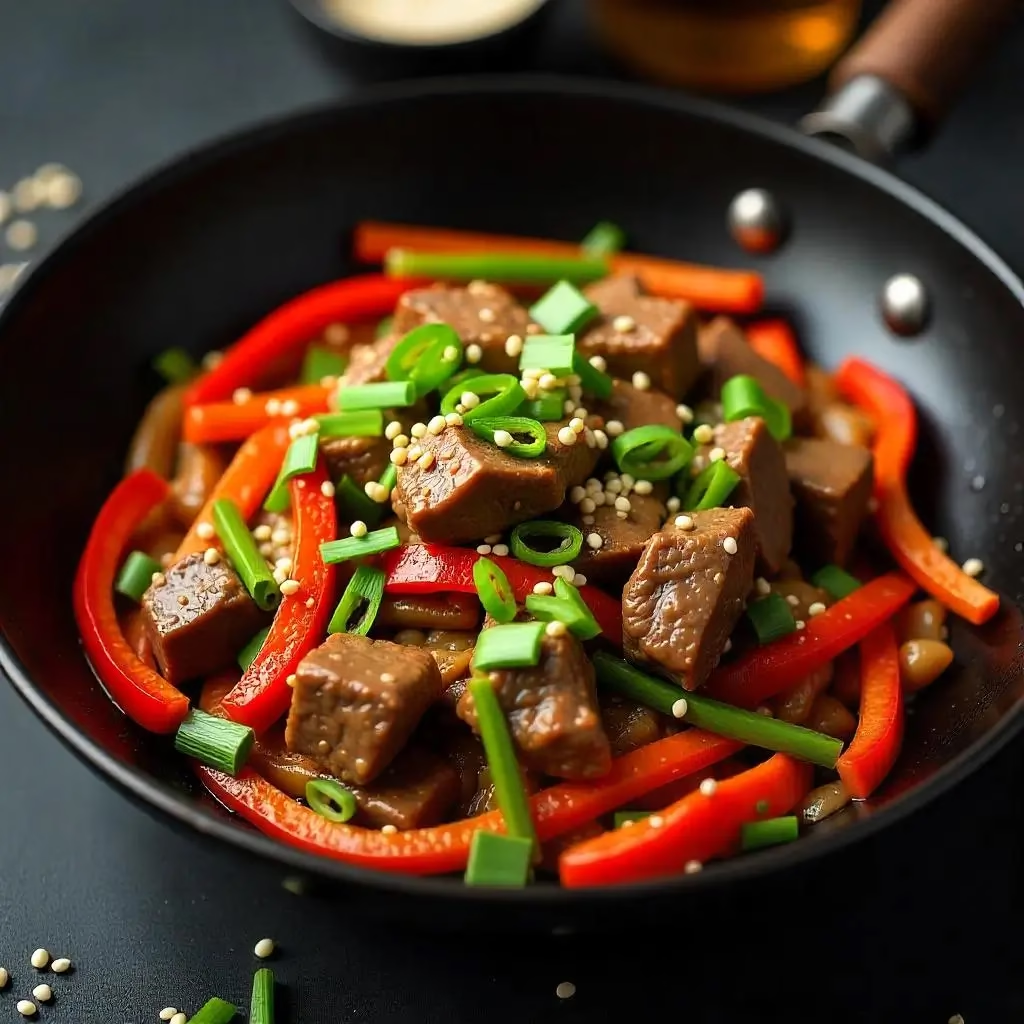When it comes to quick, satisfying weeknight dinners, nothing beats a perfectly executed beef stir fry. Furthermore, this versatile dish combines tender strips of beef with crisp vegetables in a savory sauce that brings together the best of Asian-inspired flavors. Additionally, stir frying is one of the fastest cooking methods available, making it ideal for busy families and working professionals alike.
Moreover, this particular beef stir fry recipe has been refined through countless kitchen experiments to achieve the perfect balance of flavors and textures. Consequently, you’ll discover that each bite delivers a harmonious blend of umami-rich sauce, perfectly cooked beef, and vegetables that retain their vibrant crunch. Furthermore, the entire dish comes together in under 30 minutes, making it an invaluable addition to your weeknight dinner repertoire.
Table of Content
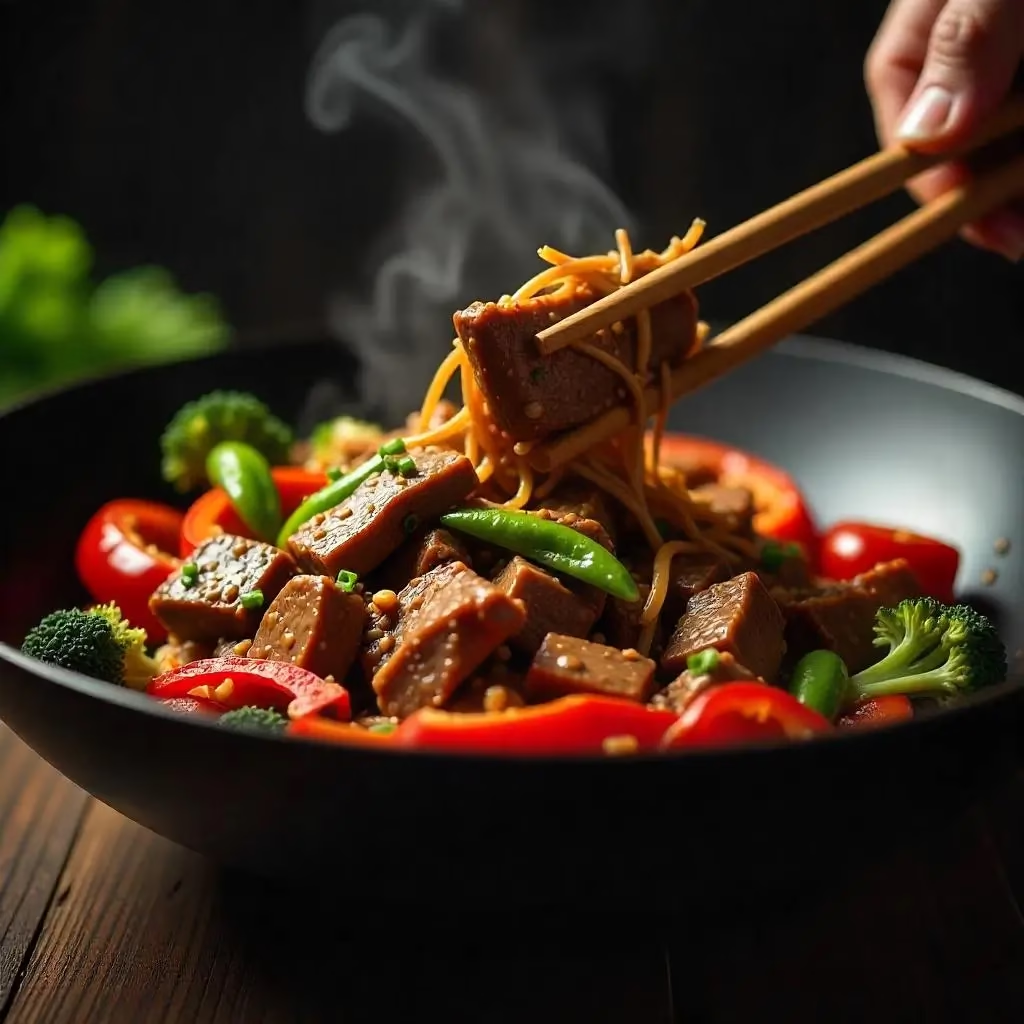
Why I Love This Recipe
After years of perfecting stir fry techniques, this beef stir fry has become my absolute favorite for several compelling reasons. First and foremost, the marinade creates incredibly tender beef that practically melts in your mouth. Additionally, the sauce strikes the perfect balance between sweet, salty, and savory notes without being overpowering.
Furthermore, this recipe is incredibly forgiving and adaptable to whatever vegetables you have on hand. Consequently, I’ve made this dish with everything from traditional bell peppers and snap peas to seasonal vegetables like zucchini and asparagus. Moreover, the cooking technique ensures that each vegetable maintains its distinct texture and flavor while absorbing just enough sauce to tie everything together.
Most importantly, this recipe consistently delivers restaurant-quality results at home. Therefore, you can enjoy your favorite takeout flavors while controlling the ingredients and sodium content. Additionally, the preparation is straightforward enough for beginners while offering enough technique refinement opportunities for experienced cooks.
Ingredient Key
The success of this beef stir fry relies heavily on selecting the right ingredients and understanding their roles in the dish. Consequently, let’s break down each component and why it matters.
For the Beef Marinade
- Flank steak provides the ideal texture and flavor when sliced against the grain
- Soy sauce tenderizes the meat while adding umami depth
- Cornstarch creates a protective coating that keeps the beef tender during high-heat cooking
- Rice wine or dry sherry adds complexity and helps break down tough fibers
For the Stir Fry Sauce
- Dark soy sauce contributes rich color and deep flavor
- Oyster sauce brings sweetness and glossy texture
- Sesame oil provides aromatic finishing notes
- Fresh ginger and garlic create the aromatic foundation
For the Vegetables
- Bell peppers offer sweetness and vibrant color
- Snap peas provide satisfying crunch and fresh flavor
- Carrots add natural sweetness and beautiful color contrast
- Green onions serve as both cooking ingredient and fresh garnish
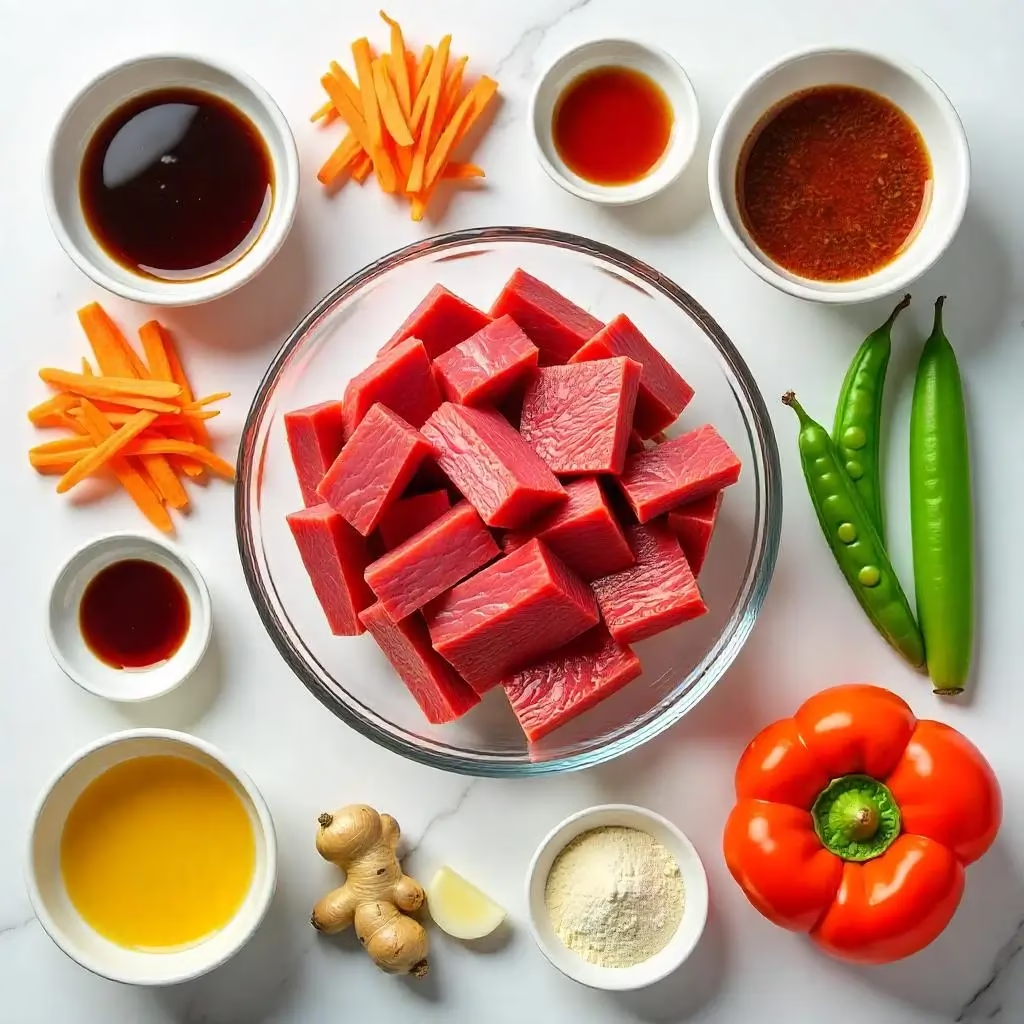
Step-by-Step Instructions
Preparation Phase
Initially, begin by preparing all ingredients before heating your wok or large skillet. Consequently, this mise en place approach ensures smooth cooking once you begin the high-heat stir frying process.
First, slice the flank steak against the grain into thin strips, approximately 1/4-inch thick. Subsequently, place the beef in a medium bowl and add soy sauce, cornstarch, and rice wine. Then, mix thoroughly and let marinate for at least 15 minutes while you prepare the remaining ingredients.
Meanwhile, prepare all vegetables by washing and cutting them into uniform pieces. Additionally, mince the garlic and ginger, keeping them separate from other ingredients. Furthermore, combine all sauce ingredients in a small bowl and whisk until smooth.
Cooking Process
Next, heat your wok or large skillet over high heat until it begins to smoke slightly. Then, add one tablespoon of oil and swirl to coat the entire surface. Immediately add the marinated beef in a single layer, allowing it to sear without stirring for 1-2 minutes.
Subsequently, stir the beef and continue cooking for another 2-3 minutes until just cooked through. Importantly, avoid overcooking at this stage as the beef will continue cooking when returned to the pan later. Therefore, remove the beef to a clean plate and set aside.
Following this, add another tablespoon of oil to the same pan. Then, add the harder vegetables first (carrots and bell peppers) and stir fry for 2-3 minutes. Next, add the snap peas and continue cooking for another minute until all vegetables are crisp-tender.
Finally, create a well in the center of the vegetables and add the minced garlic and ginger. After they become fragrant (about 30 seconds), add the prepared sauce and return the beef to the pan. Subsequently, toss everything together for 1-2 minutes until the sauce coats all ingredients evenly.
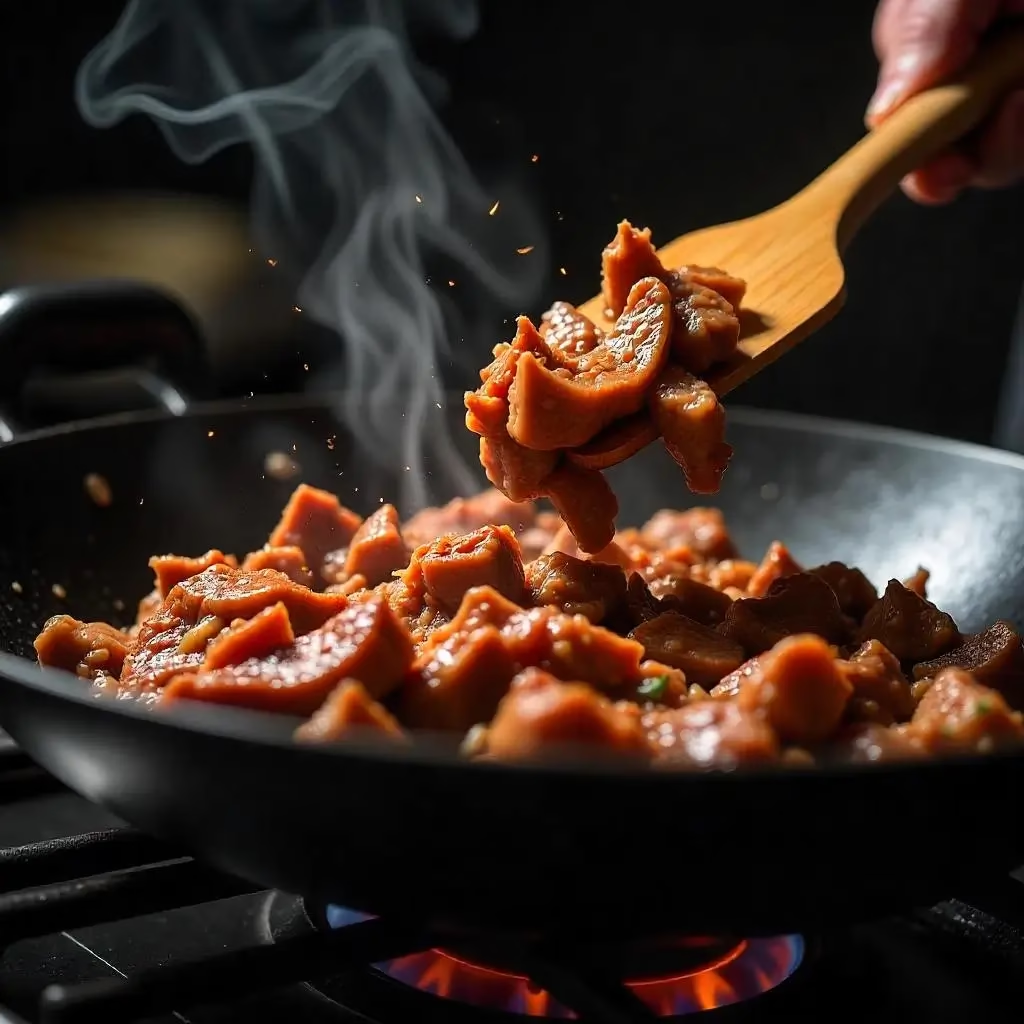
Expert Tips for Perfect Results
Through extensive testing, I’ve discovered several key techniques that elevate this dish from good to exceptional. Therefore, paying attention to these details will significantly improve your results.
Temperature Control: Most importantly, maintain high heat throughout the cooking process. Consequently, this ensures proper searing and prevents the vegetables from becoming soggy. However, if your stove doesn’t get hot enough, cook in smaller batches to avoid overcrowding.
Beef Preparation: Additionally, freezing the beef for 30 minutes before slicing makes it much easier to achieve thin, even cuts. Furthermore, always slice against the grain to ensure maximum tenderness.
Timing Precision: Moreover, have all ingredients prepped and ready before you begin cooking. Since stir frying happens quickly, there’s no time to prep ingredients once you start cooking.
Sauce Consistency: Finally, if your sauce seems too thick, add a tablespoon of hot water or chicken broth. Conversely, if it’s too thin, mix an additional teaspoon of cornstarch with cold water and add to the pan.
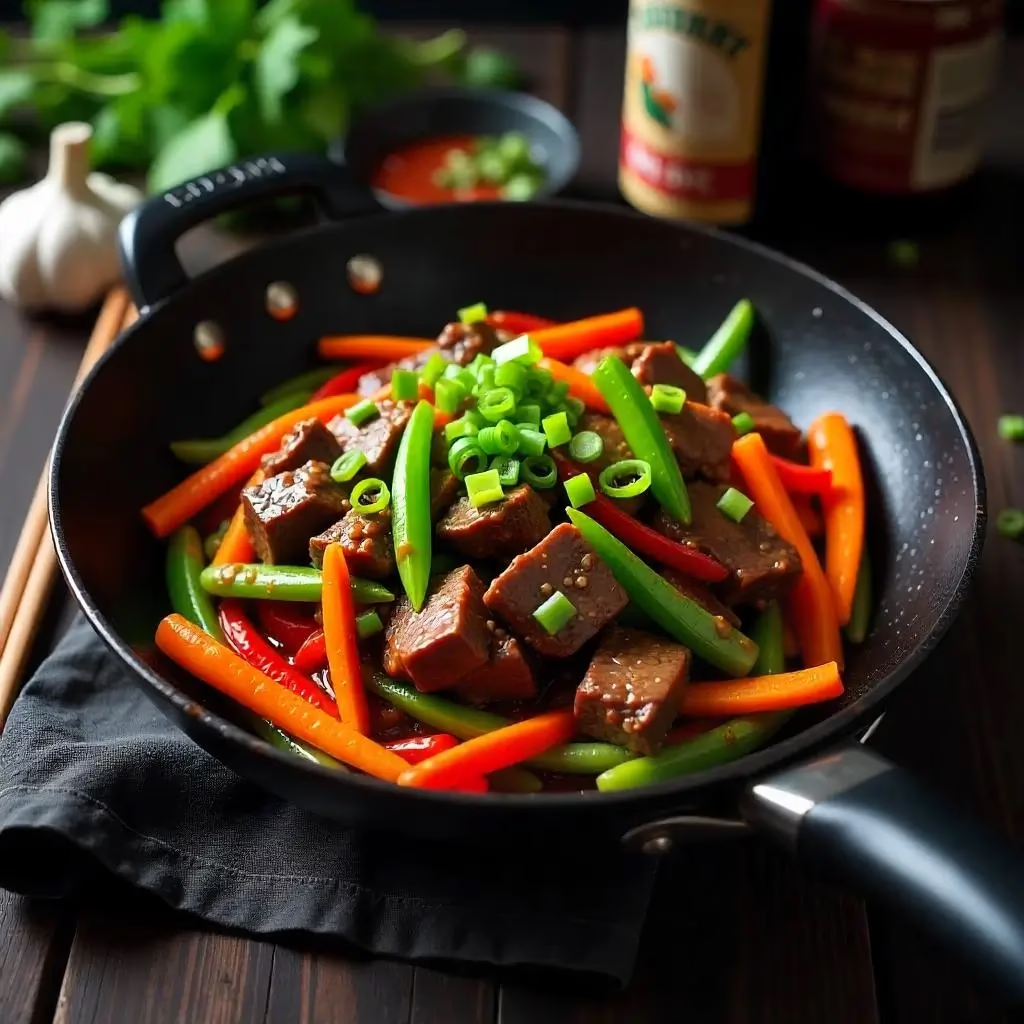
Storage and Reheating Instructions
Proper storage ensures you can enjoy leftovers without compromising quality. Therefore, transfer cooled stir fry to airtight containers and refrigerate for up to 3 days. However, for best results, store the rice separately to prevent it from absorbing moisture from the stir fry.
When reheating, use a large skillet over medium-high heat rather than the microwave. Consequently, this method helps restore the vegetables’ texture and prevents the beef from becoming rubbery. Additionally, add a splash of water or broth if the mixture seems dry during reheating.
Alternatively, you can freeze portions for up to 2 months. Subsequently, thaw overnight in the refrigerator before reheating using the skillet method described above.
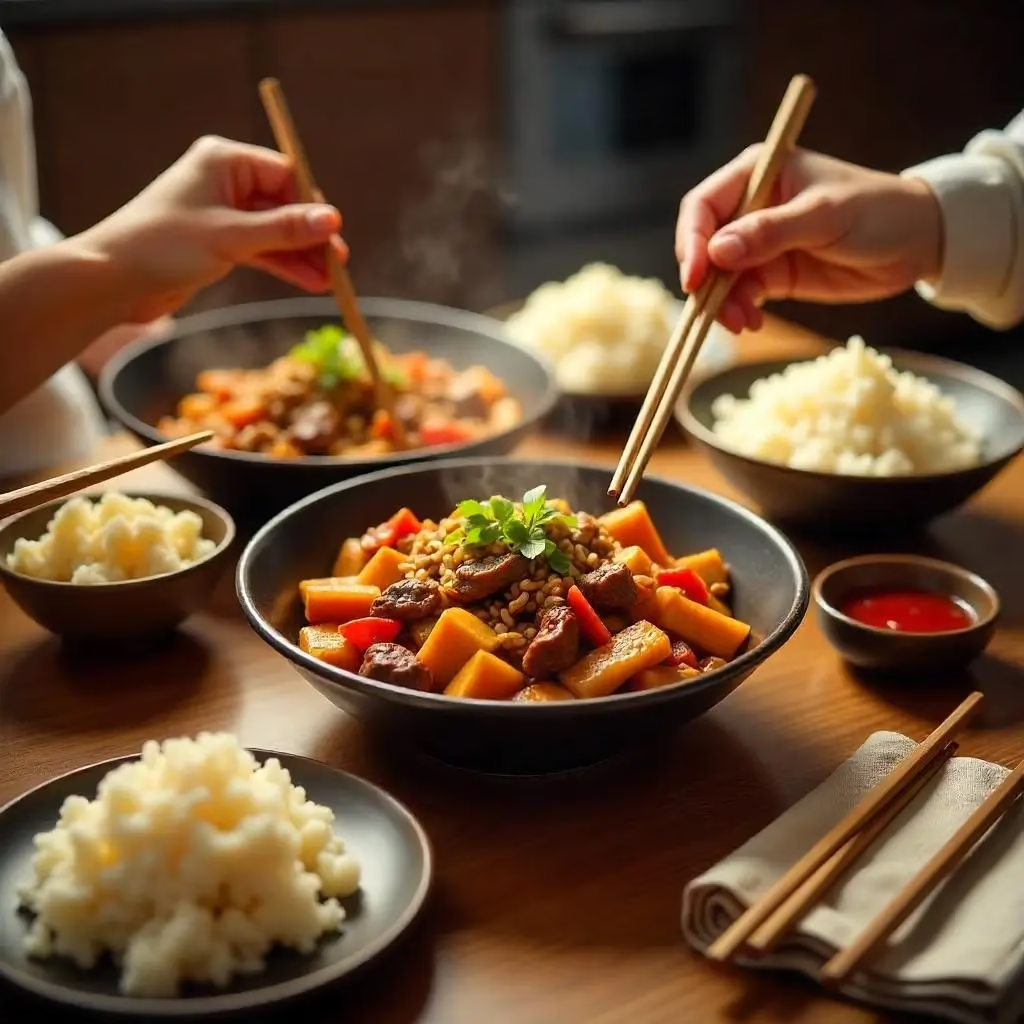
Nutrition Information
This beef stir fry provides a well-balanced meal with high-quality protein, essential vitamins, and minerals. Furthermore, one serving contains approximately 320 calories, making it a satisfying yet reasonable dinner option.
Per Serving
- Calories: 320
- Protein: 28g
- Carbohydrates: 12g
- Fat: 18g
- Fiber: 3g
- Sodium: 890mg
Moreover, the variety of colorful vegetables provides essential vitamins A and C, while the beef supplies iron and B vitamins. Additionally, by controlling the sauce ingredients, you can adjust sodium levels to meet your dietary needs.

Another Beef Recipe You’ll Love
- Beef Liver Recipe
- Beef Tips and Gravy
- Vietnamese Shaking Beef
- healthier Ground Beef
- Beef Stir Fry Recipe
- Beef Goulash
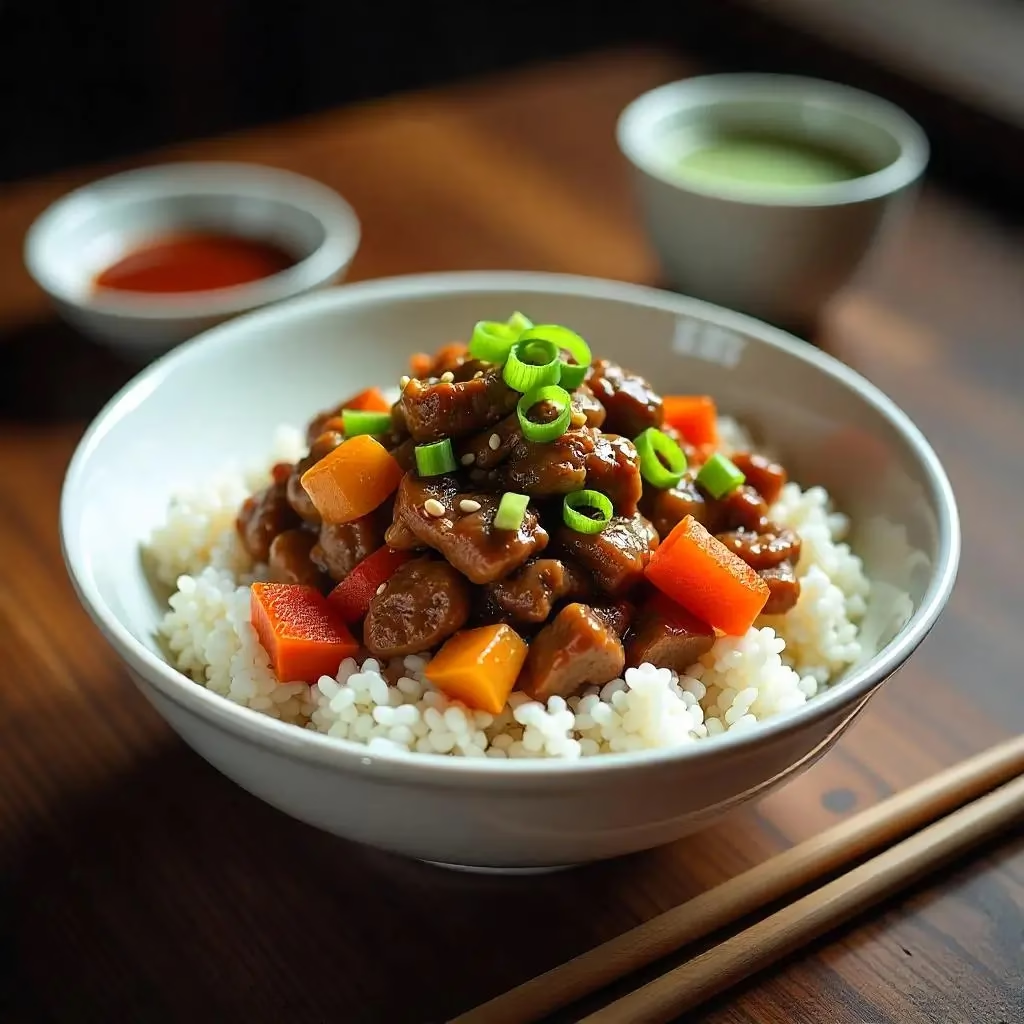
In conclusion, this beef stir fry recipe represents the perfect intersection of flavor, nutrition, and convenience. Moreover, once you master the basic technique, you’ll find endless opportunities to customize the dish with different vegetables, proteins, or sauce variations.
Furthermore, the skills you develop making this stir fry will translate to numerous other Asian-inspired dishes. Therefore, consider this recipe a gateway to expanding your culinary repertoire while providing your family with delicious, homemade meals.
Finally, remember that confidence comes with practice. Consequently, don’t be discouraged if your first attempt isn’t perfect. Instead, use each cooking session as an opportunity to refine your technique and develop your own preferred variations.
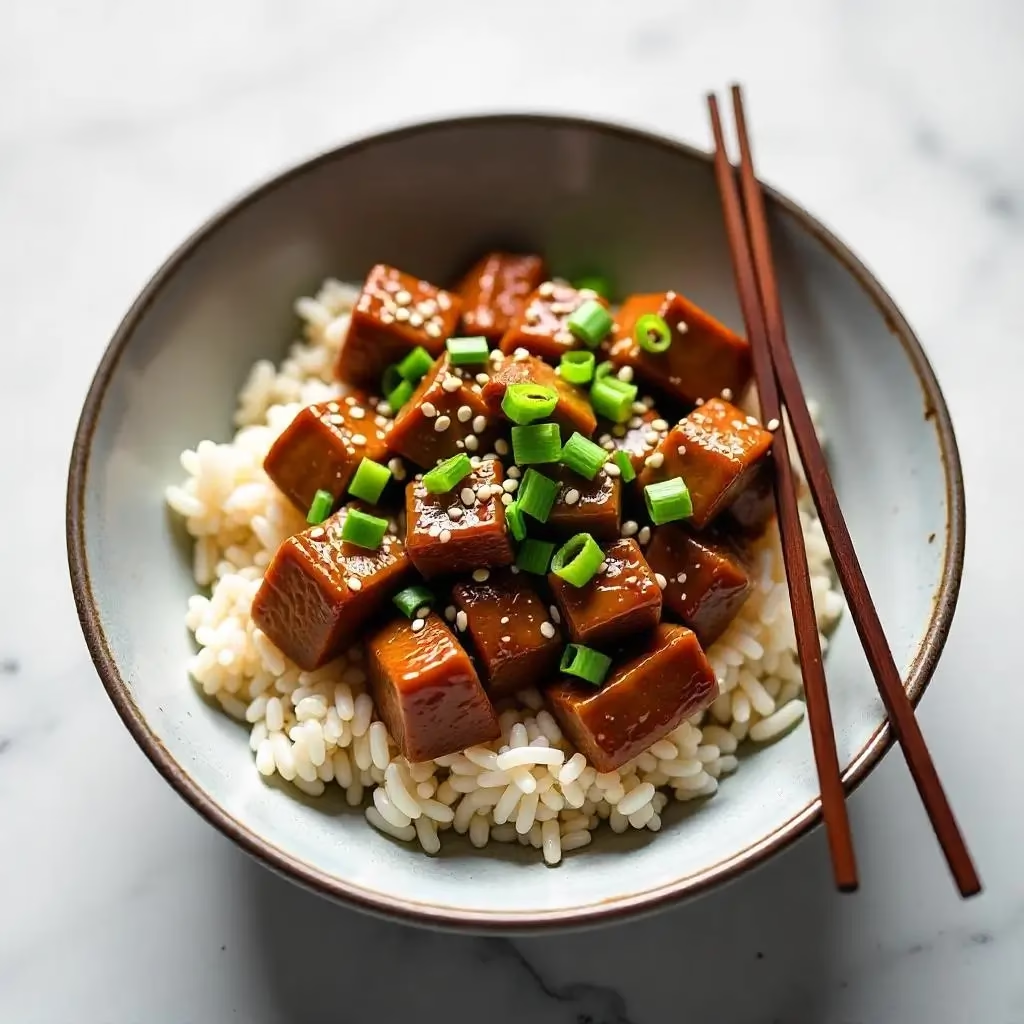

Ultimate Beef Stir Fry Recipe: A Quick and Flavorful Weeknight Dinner
Description
Discover the perfect beef stir fry recipe with tender meat, crisp vegetables, and savory sauce. Ready in 20 minutes with step-by-step instructions and expert tips for restaurant-quality results at home.
Ingredients
For the Beef Marinade:
For the Stir Fry:
For the Sauce:
Instructions
- Marinate the beef: Combine beef strips with soy sauce, cornstarch, and rice wine. Mix well and let stand 15 minutes.
- Prepare sauce: Whisk together all sauce ingredients until smooth. Set aside.
- Cook beef: Heat 1 tablespoon oil in wok over high heat. Add beef and stir-fry 3-4 minutes until just cooked. Remove and set aside.
- Cook vegetables: Add remaining oil to wok. Stir-fry bell peppers and carrots 2-3 minutes, then add snap peas for 1 minute more.
- Finish dish: Add garlic and ginger to center of wok for 30 seconds. Add sauce and return beef to pan. Toss 1-2 minutes until sauce coats everything.
- Serve: Garnish with green onions and serve immediately over steamed rice.
Notes
- For best results, freeze beef 30 minutes before slicing
Don’t overcrowd the pan – cook in batches if necessary
Adjust sauce consistency with water or cornstarch slurry as needed

